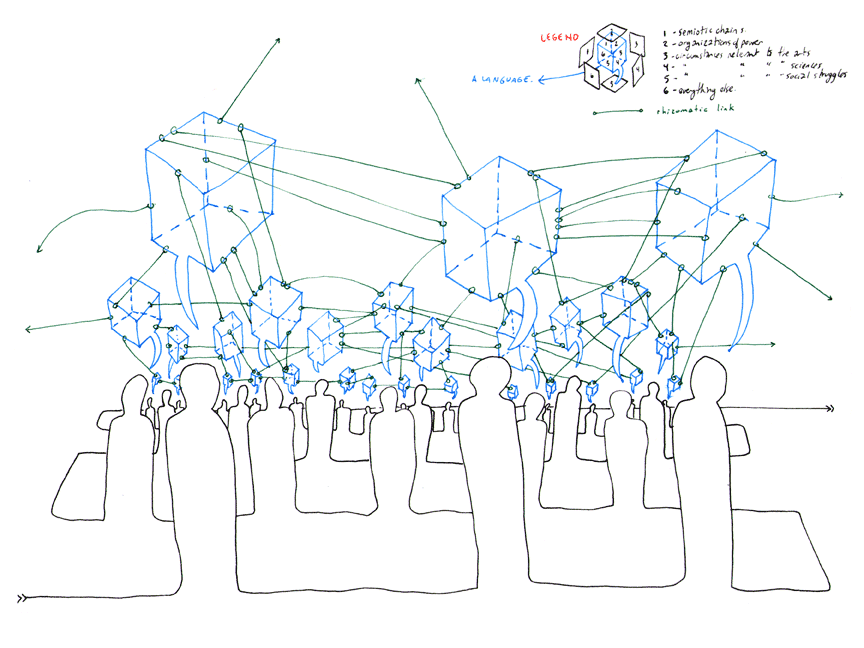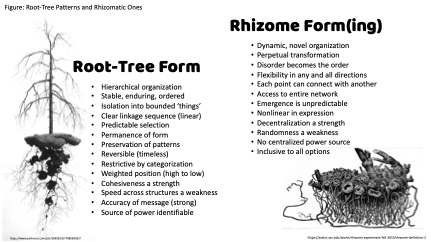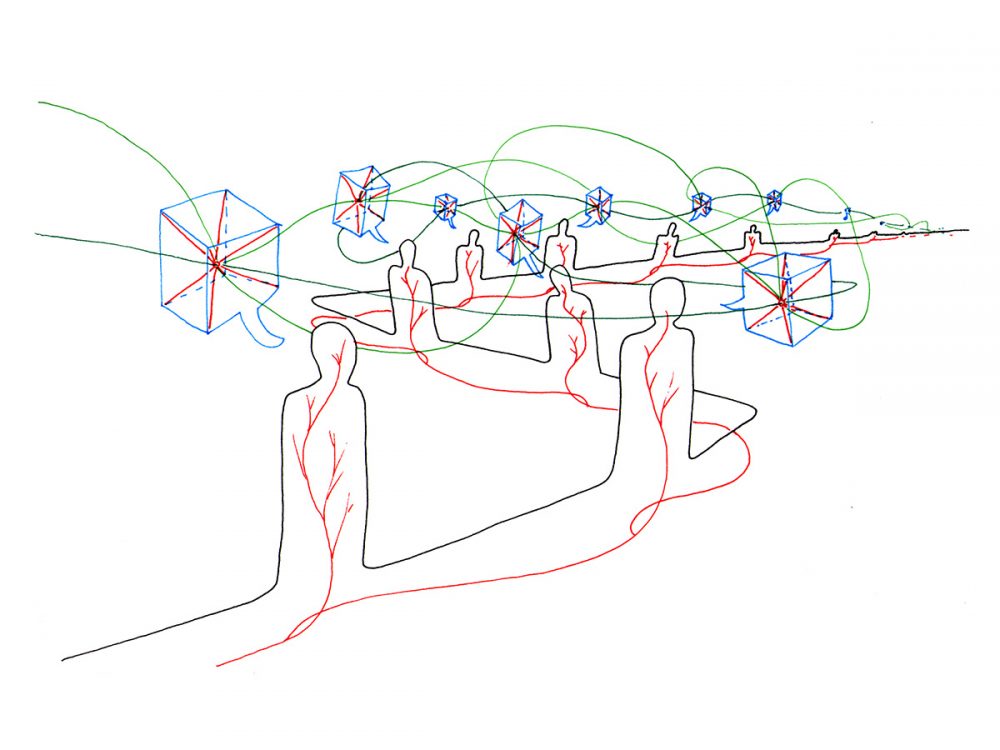In this project, we adopted an “unfolding” methodology. In other words, the research was not underpinned by a fixed, hierarchical model, but by an approach that was able to respond to and reshape itself in light of what we encountered through the research process. This approach also recognises that we generate data through our methods and interactions with the world. For example, the world of Safeguarder appointments is not a straightforward, linear progression from appointment to completion in 35 days. Although we had originally envisaged a research design with three node points at which we would interview participants – namely, at the start, middle and end of an appointment – it became apparent that Safeguarder appointments do not generally follow this line, but are multidirectional. Cases often become “stuck” in legal proceedings, and there are significant delays where nothing much is happening. Then there are sudden bursts of activity, for instance when there is a breakthrough and the grounds are established, everything speeds up and a Hearing is quickly scheduled. This meant there had to be considerable flexibility in the approach to interviews.
The theoretical perspective that informs our thinking derives from Deleuze and Guattari, particularly the concepts of the rhizome and affect. An image of the rhizome that we found particularly helpful was one developed by the artist Marc Ngui, who aims to illustrate all of Deleuze and Guattari’s A Thousand Plateaus (quite the task).

What do we mean by a rhizome? Although it derives from biology, the term is used by Deleuze and Guattari as a philosophical concept. It contrasts with the arboreal or root-tree model of thought. The “tree” is about hierarchy; it categorises into binaries; it is linear and stable. The “rhizome” is a dynamic and constantly evolving form of organisation. It can expand in any direction; it is unpredictable and nonlinear; it has no central base; it is always multiple. Grass, for instance, is a rhizome: it’s not possible to think of it in the singular as it is always multiple, and it can and will spread anywhere. This image of thought helps us to understand the networks and connections of Safeguarders. Rather than an independent, objective expert who stands outside and above a situation, Safeguarders are actively enmeshed in cases and shape them, direct them, establish and break connections, and shift between the past, present and future.

